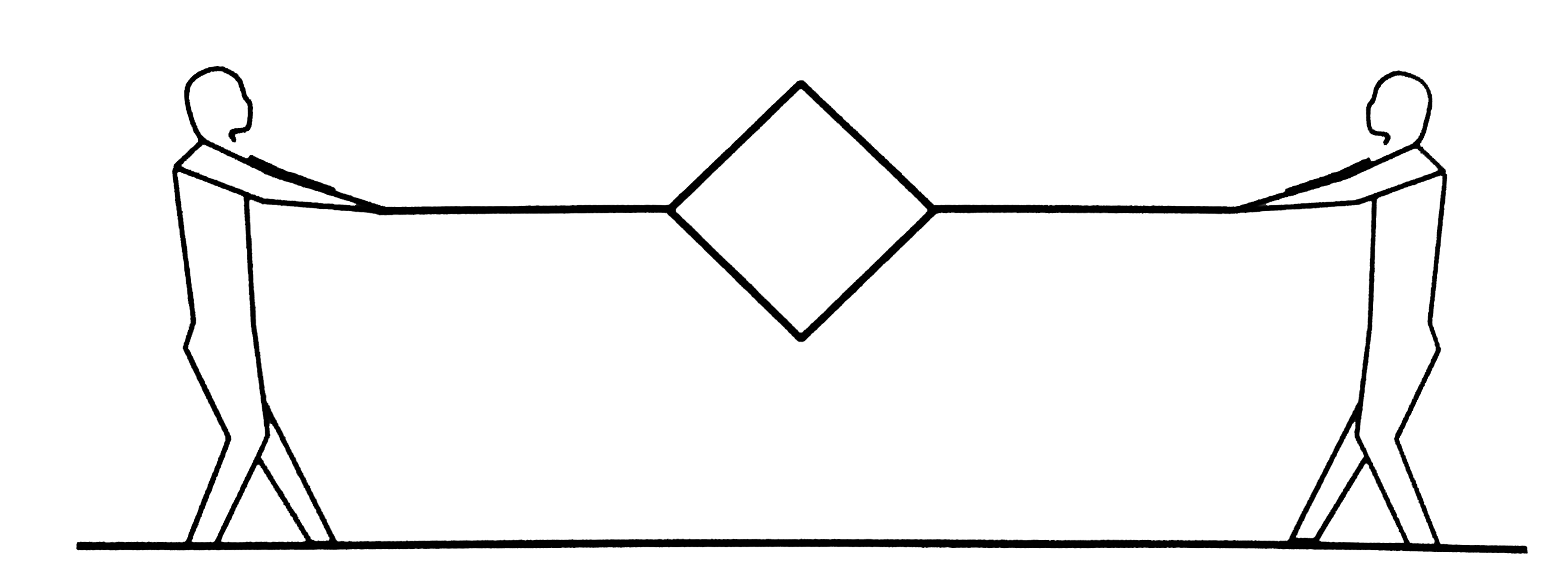Two particles have equal masses of 5.0 g each and opposite charges of +4.0×10−5C. They are released from rest with a separation of 1.0 m between them. Find the speeds of the particles when the separation is reducced to 50 cm.Solution in Gujrati
q1=q2=4×10−5,S=1m,
m=5g=0.005kg,
f=k=14.4N
Soalna=2880m/s2
Now,u=0,s=50cm=0.5m,
a=2880m/s2,v2=?
v2=u2+2as
v62=2×2880×0.5
v=√2280=53.66m/s
=54m/sforeachpartic≤
Topper's Solved these Questions
- BOOK - HC VERMACHAPTER - ELECTRIC FIELD AND POTENTIALEXERCISE - Objective 28videos
ELECTRIC FIELD AND POTENTIAL
- BOOK - HC VERMACHAPTER - ELECTRIC CURRENT THROUGH GASESEXERCISE - Exercises23videos
ELECTRIC CURRENT THROUGH GASES
- BOOK - HC VERMACHAPTER - ELECTROMAGNETIC INDUCTIONEXERCISE - EXERCISE9videos
ELECTROMAGNETIC INDUCTION
Similar Questions
Mark out the correct potons.
03:23View SolutionA discharge tube contains helium at a low pressure. A large potential difference is applied across the tube. Consider a helium atom that has just been ionized due to the detachment of an atomic electron. Find the ratio of the distance travelled by the free electron to that by the positive ion in a short time dt after the ionization.
03:27View SolutionShown a metallic square frame of edga a in a vertical plane. A uniform magnetic field B exists in the space in a directon perpendicular to the plane of the figure. Two boys pull the opposite corners of the square ot deform it into a rhombus. They start pulling the corners t t=0 and sisplace the corners at a uniform speed u. (a) find the induced emf in the frame at the instant when the angles at these corners reduce to 60∘. (b) find the induced current in the frame at this instatnt if the total resistance of the frame is R. (c) Find the total charge which flows through a side of the frame by the time the square is deformed into a straight line.
 05:46View Solution
05:46View SolutionTwo particles have equal masses of 5.0 g each and opposite charges of +4.0×10−5C. They are released from rest with a separation of 1.0 m between them. Find the speeds of the particles when the separation is reducced to 50 cm.
05:34View SolutionTwo particles of masses m and M are initially at rest at an infinite distance part. They move towards each other and gain speeds due to gravitational attracton. Find their speeds when the separation between the masses becomes equal to d.
08:04View SolutionTwo charged particles having charges 1and−1μC and of mass 50g each are held at rest while their separation is 2m. Now the charges are released. Find the speed of the particles when their separation is 1m.
04:54View SolutionTwo charged particles having charge 1μC and −μC and of mass 50gm each are held ar rest while their separtion is 2m. Find the relative velocity of the particles when their separation is 0.5m.
08:39View Solution(a) Two protons are placed at separation d on a smooth surface. Find the speed of each proton when separation between them is doubled.
(b) An α-particle and a proton are placed at a separation d on a smooth surface.Find the speed of each when separation between them becomes infinite. (m: mass of proton , e: charge of proton.)04:49View SolutionTwo point charges q1 and q2 are released from rest in a gravity free hall when distance between them is a. Find the maximum speeds of charged particle. The mass of each charged particle is m.
04:42View SolutionTwo point particles of mass m and 2m are initially separated by a distance 4a. They are then released to become free to move. Find the velocities of both the particles when the distance between them reduces to a.
07:00View SolutionTwo particles, each having a mass of 5 gm and charge 1.0×10−7C, stay in limiting equilirbium on a horizontal table with a separation of 10 cm between them. The coefficient of friction between each particle and the table is the same. Find the value of this coefficient.
 08:33View Solution
08:33View SolutionFind out speed of particles when separation between them is r.
03:34View SolutionTwo point objects of masses 10 g each carry charges of opposite nature with the same magnitude of 50 muC are held at rest at a separation of 2 m. Now the point objects are released from the state of rest. Calculate the speed acquired by both the objects when separation between them reduces to half of the initial value.
02:58View SolutionTwo particles P and Q of masses 2 kg and 4 kg initially at a distance of 2m from each other are released. If the particles move under mutual attraction, then find speed of particles P when speed of Q is 5 cm/hour. Also find the separation between these particles at this instant.
03:04View SolutionA particle of charge 3.00μC is separated by 0.120 m from a particle of charge −1.50μC. (a) What is the magnitude of the electrostatic force between them ? (b) What must their separation be to reduce that force by an order of magnitude ?
03:42View SolutionTwo particles, each having a mass of 5 g and charge. 1.0×10−7 C, stay in limiting quilibrium on a horizontal. table with a separation of 10 cm between them. The coefficient of friction between each partcle and the table. is the same. Find the value of this coefficient.
06:10View Solution

